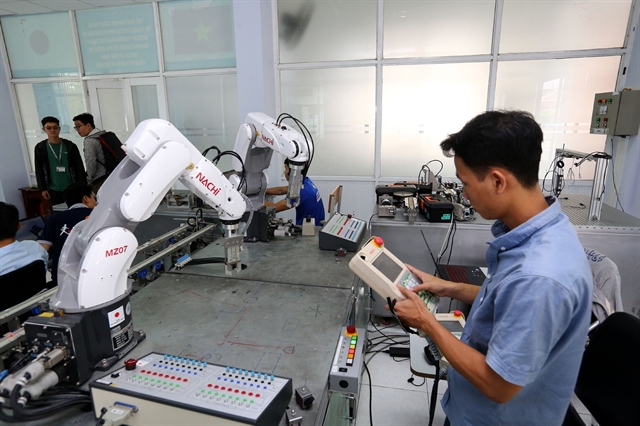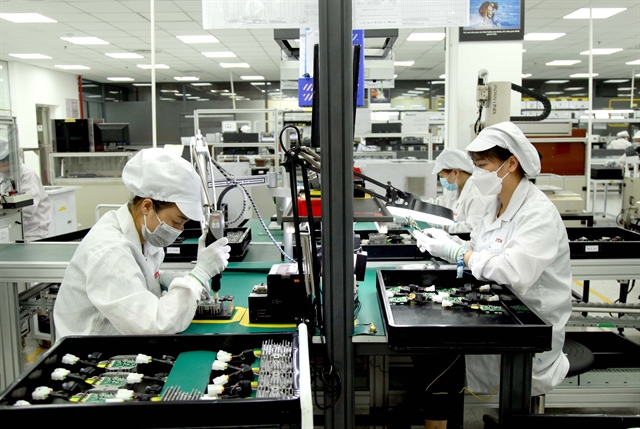


In a significant boost to Vietnam's technological landscape, twelve projects are slated for development in the Saigon Hi-tech Park (SHTP) in Ho Chi Minh City in 2025. This initiative includes ten domestic and two foreign-invested projects, with total investments exceeding US$1 billion. Notably, the construction of a plasma-derived biopharmaceutical production plant commenced on January 6, 2025, and is expected to be operational by February 2026, with a production capacity of 6,000 liters of plasma per year [ab0a59c2].
SHTP has already attracted investments from over ten global hi-tech corporations, including industry giants like Intel, Jabil, and Samsung. To date, the park has seen a total of 160 projects with investments amounting to $12.3 billion. This influx of capital underscores the growing importance of SHTP as a hub for technological innovation and development in the region [ab0a59c2].
In addition to these projects, municipal authorities are also working on developing a science and technology park adjacent to SHTP. This new initiative aims to further attract investments and enhance the overall technological ecosystem in Ho Chi Minh City, positioning it as a competitive player in the global tech arena [ab0a59c2].
The Vietnamese government has been proactive in creating a favorable investment climate, particularly in high-tech sectors. Recent reforms and incentives, such as those outlined in Decree 182, aim to streamline processes for foreign and domestic investors alike, ensuring that Vietnam remains an attractive destination for technological investments [dc5b5540].
As the country continues to enhance its infrastructure and regulatory framework, the developments in SHTP are expected to play a pivotal role in driving economic growth and fostering innovation across various sectors, including biopharmaceuticals and advanced manufacturing [6bb74fcb].